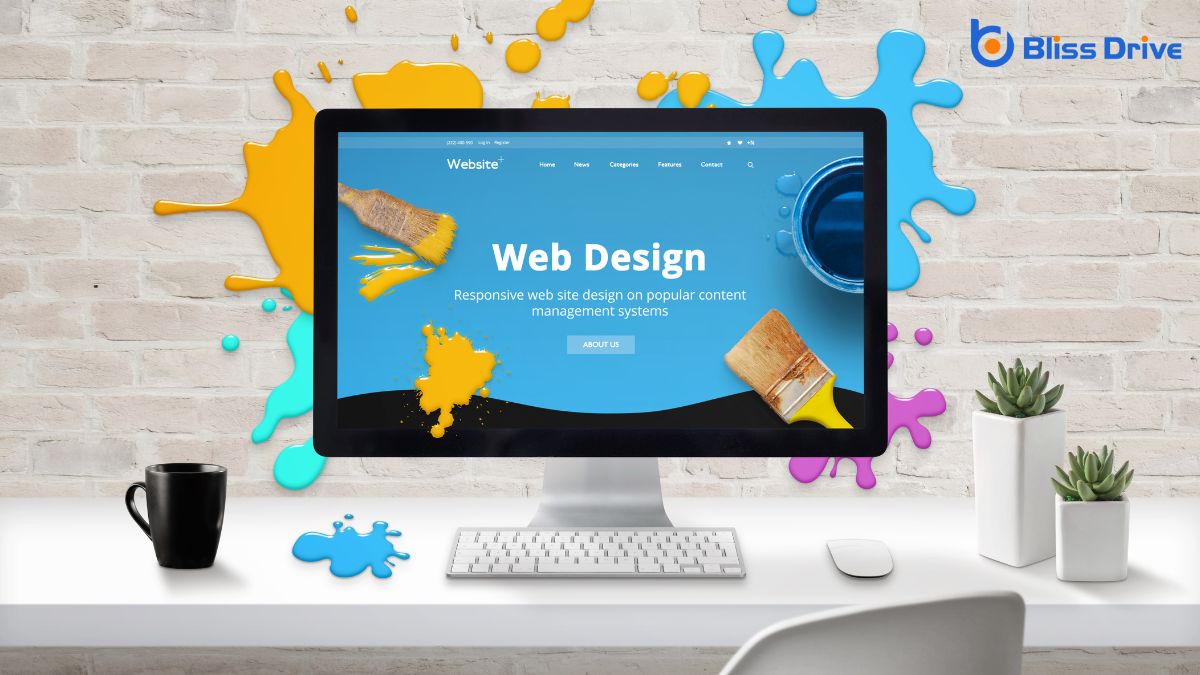Learn More About Us

When it comes to building a website, we often find ourselves asking, "Do we need a web designer or a developer?" The answer isn't always clear-cut and depends on our project's specific needs. Are we aiming for a visually stunning site, or do we need complex functionality? Let's explore how to make the right choice and guarantee our website not only looks great but also performs seamlessly.

When it comes to building a website, it's crucial to understand the distinct roles of web designers and developers. We might wonder, what's the difference?
Web designers focus on the visual aspects, crafting a site's look and feel. They make certain our site is visually appealing and user-friendly. Designers use tools like Photoshop and Sketch to create layouts and color schemes.
On the other hand, web developers bring these designs to life. They write the code that makes our website functional. Developers work with programming languages like HTML, CSS, and JavaScript.
They guarantee everything runs smoothly, from navigation menus to contact forms.
How do we determine what kind of website we need? First, let's identify our website's primary purpose. Are we looking to showcase our portfolio, sell products, or provide information? Our goals will guide the features and functionality required.
Next, consider our target audience. Who'll visit our site, and what do they expect? Understanding their needs helps us prioritize content and design elements.
Let’s also think about scalability. Will our website need to grow as our business expands? This consideration impacts the technology and platforms we choose.
Finally, budget and timeline play vital roles. Knowing how much we can spend and when we need the site ready helps us decide between essential features and potential enhancements.
Having a clear vision for our website sets the stage for the next big decision: choosing between DIY platforms and hiring professionals.
DIY platforms like Wix, Squarespace, and WordPress offerThe specific product or service being promoted by affiliates. user-friendly interfaces that allow us to build sites without coding knowledge. They're cost-effective and provide customizable templates to fit our needs.
However, they might limit our site's uniqueness and functionality if we lack design expertise.
On the other hand, hiring professionals can bring our vision to life with custom designs and advanced features.
Web designers and developers possess the skills to create tailored solutions that align perfectly with our brand.
While this option often costs more, it provides a personalized touch and technical expertise that DIY platforms may not offer.
Let's weigh our priorities and decide accordingly.
Why is determining our budget and resources essential in the decision-making process?
It helps us make informed choices, guaranteeing that we align our project's goals with our financial and material capabilities. Knowing our limits prevents overspending and guides us toward the most suitable option.
Here's how we can effectively assess our budget and resources:
Understanding these aspects guarantees our project remains feasible and successful.

Choosing between a web designer and a developer for our project can feel overwhelming, but clarity comes with understanding our project's specific needs.
Let's start by asking ourselves: Is our focus more on aesthetics or functionality? If we need an engaging visual layout that captures our brand, a web designer is crucial. They craft user-friendly interfaces that enhance user experience.
However, if our project requires complex features, databases, or backend support, a developer is our go-to. They build the infrastructure that powers our site.
Sometimes, projects demand both skills. In such cases, hiring a team or a full-stack developer who bridges the gap can be beneficial.
In deciding whether to hire a web designer or developer, we need to assess our project's unique needs. If we're aiming for an eye-catching design and smooth user experience, a designer's touch is vital. For complex features and backend work, a developer's skills are essential. Balancing aesthetics and functionality might require both, or a versatile full-stack developer. Ultimately, let's consider our goals, resources, and budget to make the best choice for our website's success.
